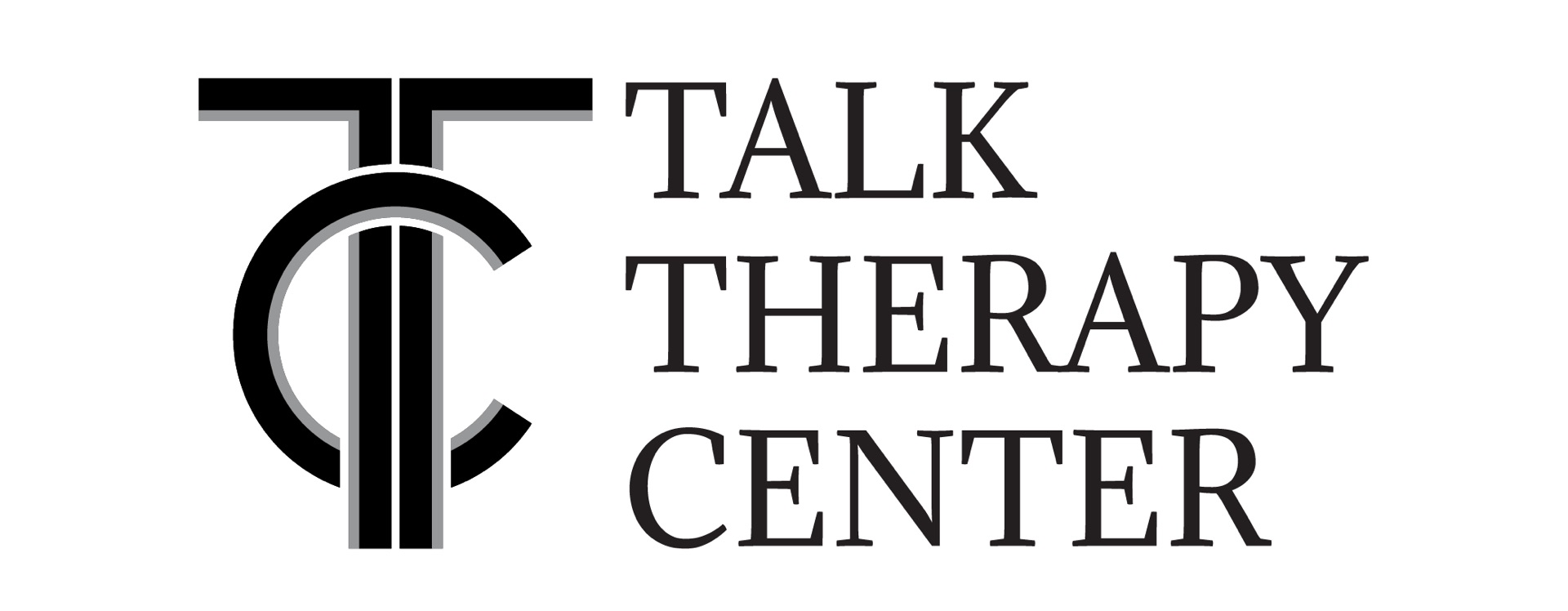Are You Failing Socially?

Share the Mic
There’s a technique in CBT called “The Talk Show Host”. Therapists working with clients who experience social anxiety, teach them to take the “Jimmy Fallon” approach while in social situations. This technique involves having the client ask questions and keep the “Mic” pointed at whomever they’re speaking with, “the guest”, while in a social encounter. This helps the client decrease unrealistic, self-imposed pressure to perform. Instead the client focuses on the other person’s favorite topic; themselves.
While learning about this intervention, it made me think about the social game we all play and the ramifications of it. Do we hold onto the “Mic” and walk it through the crowd like Jerry Springer, ready to rip the “Mic” away at our discretion? Do we keep the “Mic” right in front of us like we are Joe Rogan producing a podcast? Whatever our pattern, it has social ramifications that many of us may not be thinking about. Let’s look at some patterns of “Sharing the Mic” and look at what our patterns may mean for our social lives.
The Mic Hog
One of the most common patterns is “the Mic Hog”. This poor social tactic is where someone keeps the “Mic” on themselves as they monopolize conversations and will often monologue. This long winded and self-focused communication strategy keeps the listener hostage. These people might be doing this as they feel unheard in other areas of their lives (or even throughout childhood) or they possess narcissistic characteristics. The problem with this pattern is that it leaves listeners feeling “less than” and like they don’t matter. Not a great way to build relationships.
The Mic Stealer
Another common pattern is “the Mic Stealer.” The characteristics of this pattern are that of a “one upper” (ugh, my least favorite) and the “hijacker.” The “one upper” makes comments that are more attention seeking, outlandish, or “impressive.” (Example: “Your sister got hired at a startup firm? I’m actually best friends with an executive at Google and we talk all the time.”) The “hijacker” on the other hand is when someone takes over the conversation altogether and leaves the speaker thinking, “Wasn’t I just talking about xyz?” This often occurs from a lack of consideration, low self-esteem causing the need for focus to be on self, or a lack of attention/focus. Both of these “Mic Stealing” patterns can leave a listener feeling not good enough and not valued. These relationships are often distanced and avoided.
The Mic Mover
This last one is less common but is still impactful. A “Mic Mover” occurs when someone interrupts or changes topics randomly. This Jerry Springer like “cut you off” is abrasive and surprising to the speaker who has had the microphone ripped out of their hands. The “Mic Mover” is typically someone with over-controlling dynamics who uses this strategy to build their “importance” in a group (even if it’s self-importance). While this can also be an attention/focus issue, “Mic Movers” are often “forceful leaders” who are overcompensating for deep seeded feelings of inadequacy.
The Mic Balancer
This healthy strategy combats the social failures of the previous three patterns. The “Mic Balancer” will not “own the Mic” but will instead create a space of equal sharing. They won’t overtake the “Mic” but they will speak up if their “turn on the Mic” hasn’t naturally come to them. Just as important, they will seek out balance in a group if someone hasn’t had their turn at the “Mic” (ex. Beth, we haven’t heard much from you today. What’s going on in your neck of the woods?). This pattern focuses on the value of being a listener and feeling heard. A “Mic Balancer” will allow someone to take a conversation wherever they need to go and will go along for the journey with respect and acceptance of the other person’s choice for conversational direction (boundaries still are necessary). A “Mic Balancer” is helpful to have in groups as they will often communicate boundaries with the “Mic Hog/Stealer/Mover.”
As you can see, a “Mic Balancer” is someone who values themselves as well as who they are talking to. They value the worth of being able to share one’s experiences (their turn at the “Mic”) and leave each person they speak with feeling heard, accepted, and worthwhile.
Next time you are in a group or having a one-on-one conversation, ask yourself, “which of these patterns am I doing?” Take a moment to create some “Balance” in the conversation and see how people respond. If you think that communication is just grabbing a “Mic” and shouting “I have a microphone and you don’t; so you will listen to every word I have to say,” you’re probably missing the fact that speaking to someone who isn’t listening is not going to allow your message to get across. Stop wasting your time and practice finding balance.

